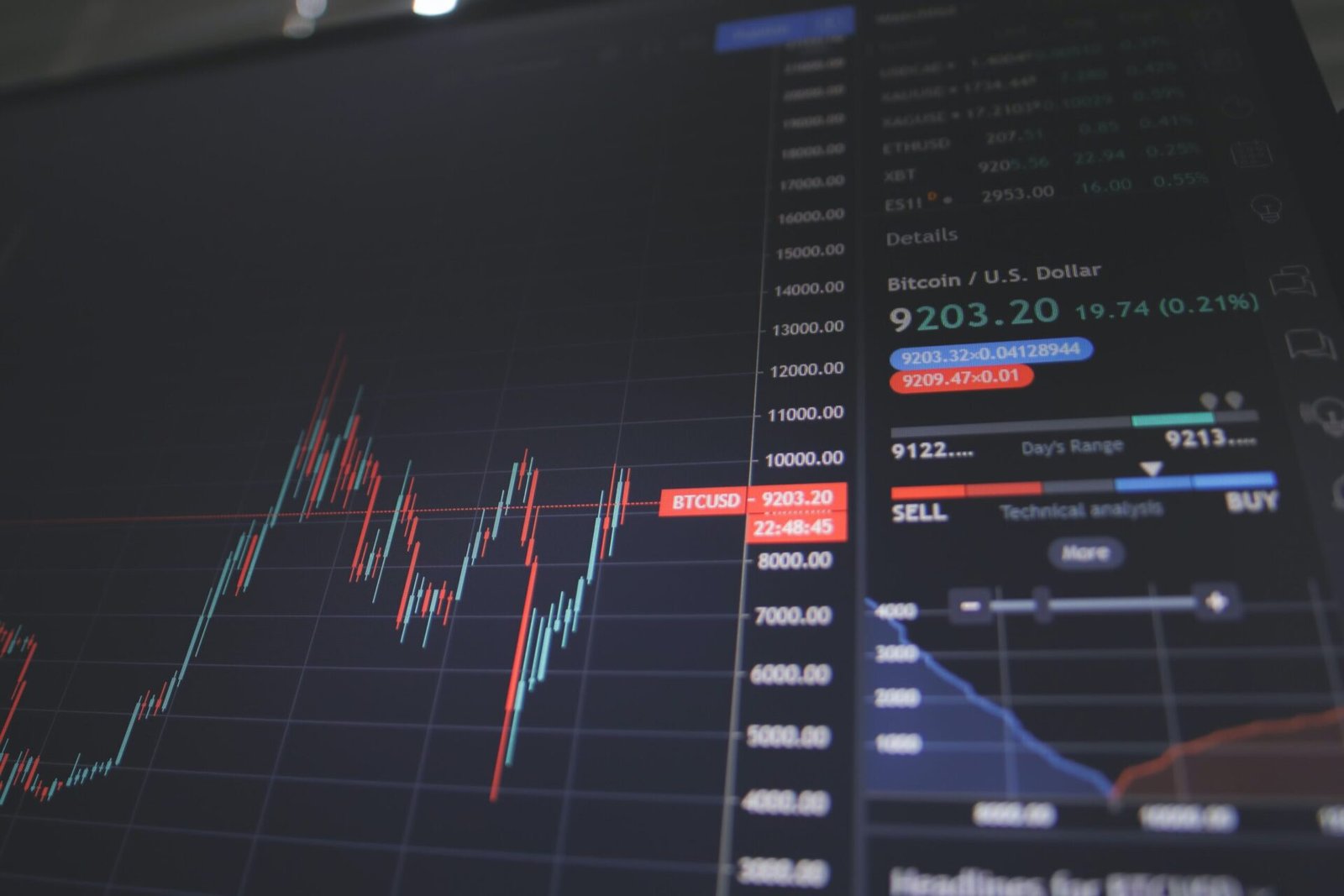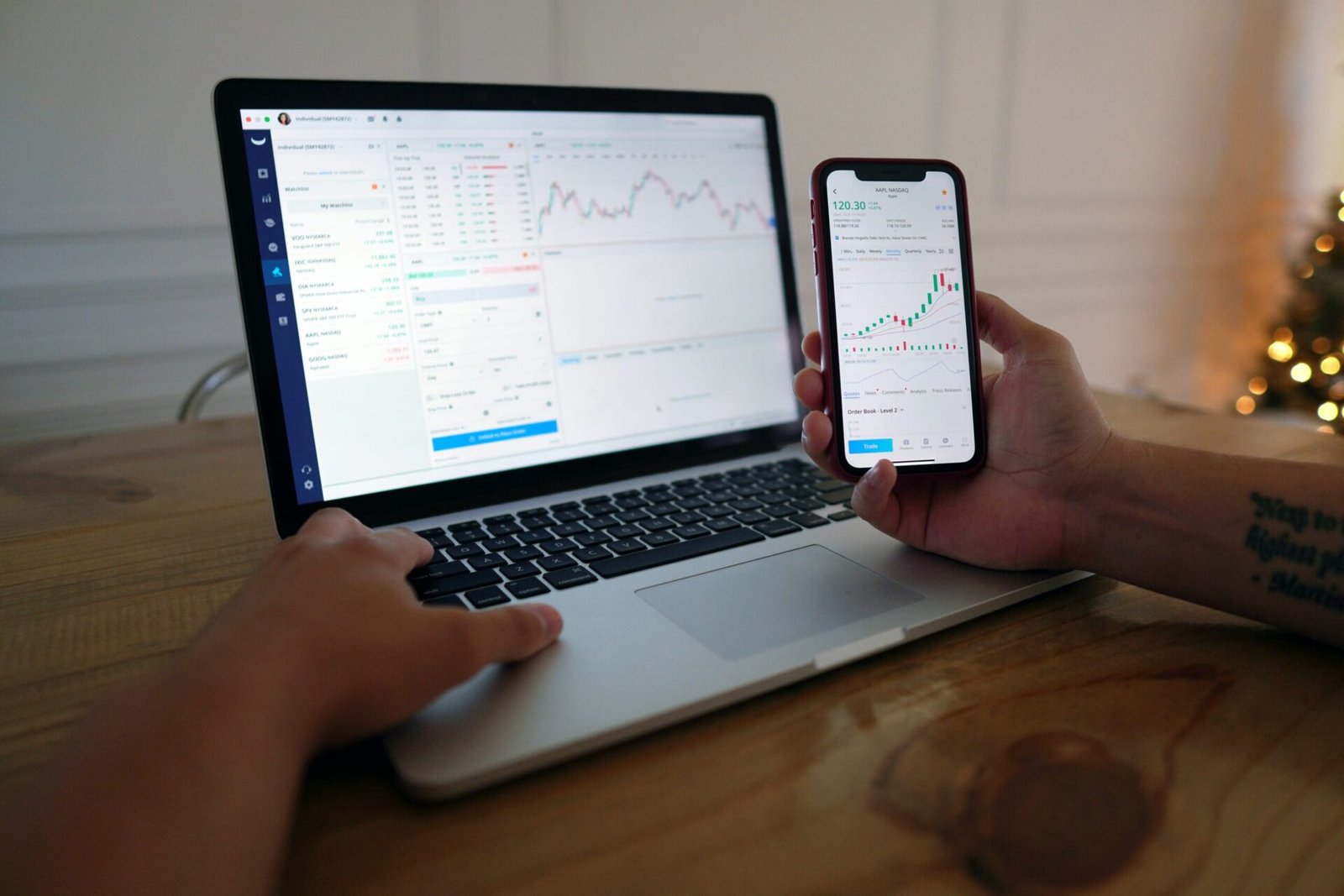Market sentiment refers to the overall attitude or feeling of investors towards a particular financial market or asset. It reflects the collective emotions and opinions of market participants, which can range from extreme greed to extreme fear. Understanding market sentiment is crucial for traders and investors as it can significantly affect the price movements and overall market trends.
The Spectrum of Market Sentiment
Market sentiment exists on a spectrum, with extreme greed at one end and extreme fear at the other. At times of extreme greed, investors are overly optimistic, leading to a surge in buying activity and a bullish market. On the contrary, extreme fear occurs when investors are pessimistic, resulting in heightened selling pressure and a bearish market.
Between these two extremes, market sentiment can also vary from neutral to mildly bullish or bearish. Neutral sentiment indicates a balanced market, where buying and selling activities are relatively equal. Mildly bullish sentiment suggests a cautious optimism, while mildly bearish sentiment reflects a cautious pessimism.
The Impact of Market Sentiment on Price
Market sentiment plays a crucial role in determining the price movements of financial assets. When market sentiment is positive, fueled by greed and optimism, demand for assets increases. This increased demand leads to higher prices as buyers are willing to pay more, resulting in an upward trend. Conversely, during periods of extreme fear and negative sentiment, selling pressure intensifies, causing prices to decline.
It’s important to note that market sentiment alone cannot predict precise price movements. Other fundamental and technical factors also influence price fluctuations. However, market sentiment can act as a powerful catalyst that amplifies market trends and accelerates price movements.
Using Market Sentiment for Trading
Traders can utilize market sentiment as a valuable tool to make informed trading decisions. Here are a few ways to incorporate market sentiment analysis into your trading strategy:
- Contrarian Trading: Contrarian traders go against the prevailing market sentiment. They buy when sentiment is extremely negative and sell when sentiment is overly positive. This strategy assumes that market sentiment often reaches an extreme before reversing, allowing contrarian traders to profit from potential trend reversals.
- Confirmation of Trends: Market sentiment can be used to confirm existing trends. If market sentiment aligns with the current trend, it can provide additional confidence in the direction of the market. For example, if sentiment is extremely bullish during an uptrend, it may indicate a continuation of the upward movement.
- Identifying Reversal Points: Market sentiment can help identify potential reversal points in the market. When sentiment reaches extreme levels, it may suggest that the market is nearing a turning point. Traders can use this information to anticipate trend reversals and adjust their trading strategies accordingly.
- Monitoring Sentiment Indicators: Various sentiment indicators, such as the Volatility Index (VIX) or the Put/Call Ratio, can provide insights into market sentiment. Monitoring these indicators can help traders gauge the overall sentiment and make more informed trading decisions.
While market sentiment analysis can be a valuable tool, it should not be the sole basis for trading decisions. It is essential to consider other fundamental and technical factors and use market sentiment as one of many indicators to guide your trading strategy.
Conclusion
Market sentiment reflects the overall attitude and emotions of investors towards a financial market or asset. It ranges from extreme greed to extreme fear, with various degrees of bullishness or bearishness in between. Understanding market sentiment is crucial for traders as it can significantly impact price movements. By incorporating market sentiment analysis into their trading strategies, traders can gain valuable insights and make more informed decisions.






Be First to Comment